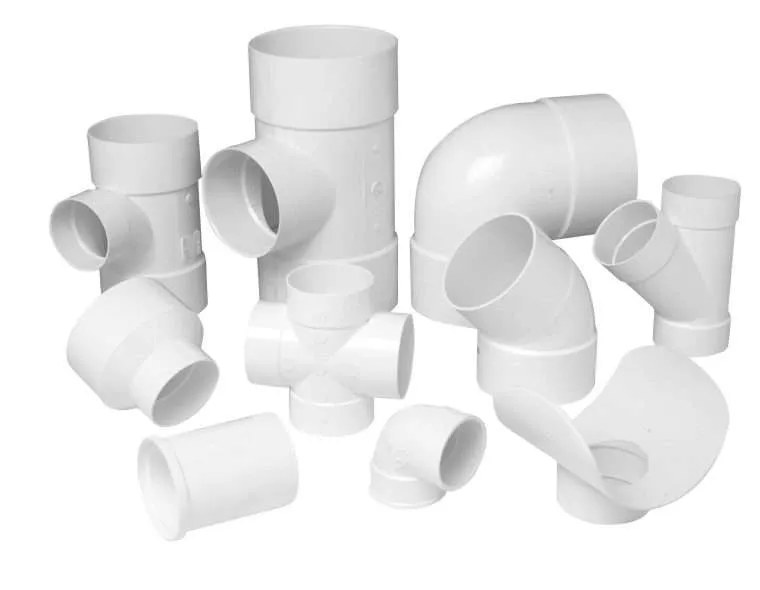Business
What are The Advantages of Cementing ABS Pipe Fittings for Strong, Durable Joints

If you’re in the market for new piping, you might wonder which type is best. Several options are available, including ABS and PVC pipes, each with advantages and disadvantages.
Choosing the right material for your plumbing project depends on local building codes, climate, etc. For instance, ABS piping is more resistant to cold weather than PVC. It’s also less prone to warping when exposed to direct sunlight.
Durability
The joints used in piping systems are often the weakest points of the system, and they need to be strong enough to support the pipes over time. The right joining method can make the difference between a system that fails prematurely and one that stays in good working order for years.
High-quality solvent cement is the best way to ensure strong, durable joints. This type of product is designed to set and cure faster than traditional CPVC cements, and it can be a safer option for sensitive plumbing projects. It also can be used on various pipe materials, including ABS.
Choosing a solvent cement that meets your needs is important and will work well with the pipes you plan to use. Several factors should be considered when selecting the right cement for your project, including the pipe size and temperature. It would help if you also accounted for the set and cure times required by the pipe material.
Another advantage of using solvent cement for a piping joint is that it is more heat-resistant than other methods. It is particularly helpful for sanitary and food-grade applications since these joints are designed to be exposed to hot water.
Solvent cement is also more tolerant to cold temperatures than PVC, and it can be used on pipes exposed to sub-zero temperatures. However, accounting for longer curing times in cold weather is crucial. To learn more click here.
Easy to install
When installing ABS pipes, several advantages can make it an attractive option for any homeowner. These advantages include durability, ease of installation and repair, and cost-effectiveness.
Strong and durable
One of the most attractive features of ABS pipes is that they can be easily joined with special solvent cement, which chemically fuses the pipe and fittings at the molecular level. Unlike traditional glue, which only adheres two pipes or fittings together, this process allows the pipes to become one continuous piece of plastic that becomes stronger and more durable over time.
Selecting the correct solvent cement is critical to ensure your joints are properly fused at the molecular level and do not fail under test pressure. It is especially important if you’re joining plastic pipes in cold weather or where water freezing can shorten the time it takes for joints to set.
Depending on the cement you choose, you may also need a primer designed to withstand the harsh conditions in your area.
Once you’ve chosen the right cement, following proper solvent welding techniques is important. It includes avoiding direct contact with the fittings or pipes, holding them for a few minutes to ensure the cement sets, and not moving them from the attachment point until the joint is completely cured.
Easy to repair
A sleeve-clamp fitting (a plastic-to-plastic coupling) replaces many flange connections for larger pipes. Its main advantage is that it can be installed quickly after cutting the pipe to length in the field, reducing labor costs. It allows the user to join ABS and other piping materials, such as copper or PEX, without welding.
The fitting is usually made of a rubber sleeve that fits over the ends of the two pipes, with a metal sleeve to clamp it. It’s sometimes jacketed with a thin metal sheet for added stiffness and durability.
First, make sure that your cuts are square and free of burrs. Uneven cuts and stray bits of plastic can weaken the weld, which could lead to leaks later on.
You must also clean the plastic pipe and fittings before applying primer and cement. It helps create a dry, clean surface for the solvent to bond.
Use gloves and goggles to apply the cement, as it can be toxic to your skin and eyes if applied incorrectly. If you’re not careful, the glue can also cause a fire.
It’s important to use the right size of glue for the joint. If it’s too thick, it may leak under pressure and break; if it’s too thin, the connection will likely fall apart.
It’s also important to measure the distance between the couplings’ center seams before applying any glue. It is known as the socket depth, a critical factor in how well the connection holds together.
Harper Harrison is a reporter for The Hear UP. Harper got an internship at the NPR and worked as a reporter and producer. harper has also worked as a reporter for the Medium. Harper covers health and science for The Hear UP.










